A large locomotive stands out among the murals depicting farming life on the walls surrounding Yingqiao Elementary School (螢橋國小). Located on busy Tingzhou Road (汀州路) in the heart of Taipei City, the school’s name translates to “firefly bridge,” indicating it’s rural past.
After doing some research, I found out that the entire Tingzhou Road, which I walk on every day, was once part of the Wanxin Railway (萬新鐵路) connecting Wanhua and New Taipei City’s Xindian District.
Discontinued in 1965, very few traces of this railroad remain, most of them subtle clues: for example, Yingqiao Elementary School’s main gate is located in a back alley instead of the main road to prevent children from walking too close to the train tracks.
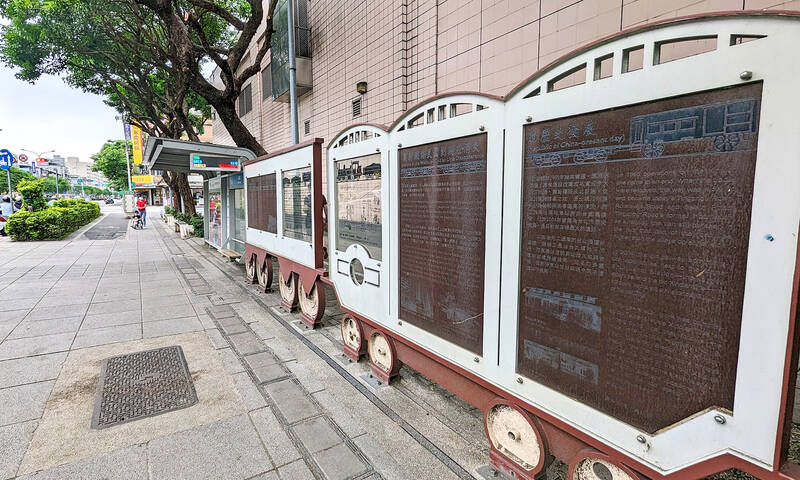
Photo: Han Cheung, Taipei Times
I decide to spend a day following the ghosts of the train tracks, which also makes for some decent urban wandering through quaint, twisting alleys.
DISAPPEARED TRACKS
The 10.4km-long railroad was established in 1921 under Japanese rule, at first to transport coal from the hills south of the city. There were 17 stops in total, some of them just 500m apart. Some were freight and service stations and did not take passengers.

Photo: Han Cheung, Taipei Times
The railway went into decline after the completion of Beixin Road (北新路) and the advent of bus travel, and it was mostly shut down by 1965. A tiny section between Wanhua and Juejiang (堀江) stations survived as a freight line until 1970.
The first major passenger stop after Wanhua was Heping Station, located at the intersection of Tingzhou Road and Nanhai Road (南海路). No trace of it is left, but there’s a cute cartoon mural at nearby Wanxin Park (萬新綠地, 19, Lane 242, Tingzhou Rd) depicting the railroad and its various stations.
Yingqiao is next; the black tiled roof of the old station at 75 Tingzhou Road is still intact, although it is now one of the dozens of kitchenware shops in that area.
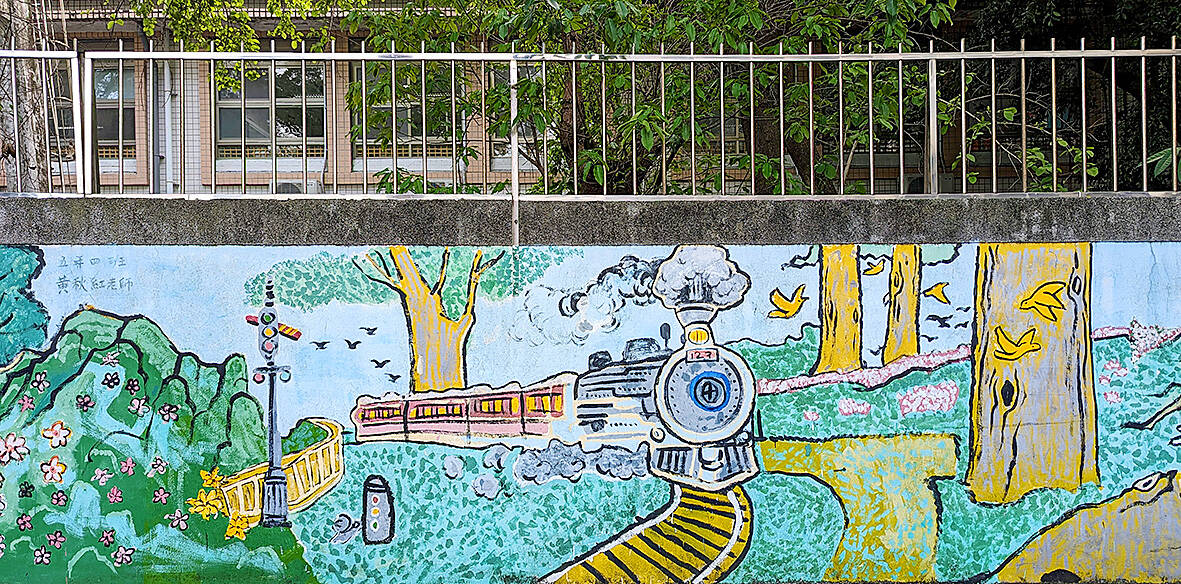
Photo: Han Cheung, Taipei Times
Guting Station follows, the station was located across the street from Heti Elementary School (河堤國小). The Xindian Culture and History Exhibition (新店文史館) interviewed local borough warden Wang Yao-shu (王耀樹), who recalls riding the train to Xindian with his grandmother to pray at a temple there. The station was a one-story brick and wood structure with black tile roofing, and it was converted into a grocery shop after the railroad was discontinued. It was demolished in the 1970s, Wang says, and today is a timber shop.
Five of the 17 stops were shut down by the Chinese Nationalist Party (KMT) after World War II; Xiangong Temple Station (仙公廟) was one of them. It was named after the alternate name for the Buddhist Shengling Temple (聖靈宮), located at the intersection of Tingzhou Road and Xinhai Road (辛亥路).
REMAINS AND A MONUMENT

Photo: Han Cheung, Taipei Times
The first concrete indication that the railroad existed is further down the road at the former Taiwan Railways Administration dorms that were refurbished in 2010 and converted into restaurants. A plaque in front briefly details the railroad’s history.
Gongguan Station is now a Taiwan Power Co (台電) parking lot, but a metal art installation in front reminds people of what was once there. Tucked inside the alley behind is Shuiyuanding Park (水源町公園), whose entrance pathway is designed to resemble train tracks. There is a bilingual sign that further explains the history of the railway, and a pleasant elevated walkway that takes visitors through lush greenery to Treasure Hill Artist Village, a brief respite from all the concrete and exhaust.
Google Maps showed “Wanlong Station Ruins” near the MRT station of the same name, but I couldn’t find anything visible. But not too far from it, at a bus stop near Lane 39 Roosevelt Road Sec 6 (羅斯福路六段39巷), is a train-shaped monument to the railroad that offers a detailed history and old photos in both Chinese and English.
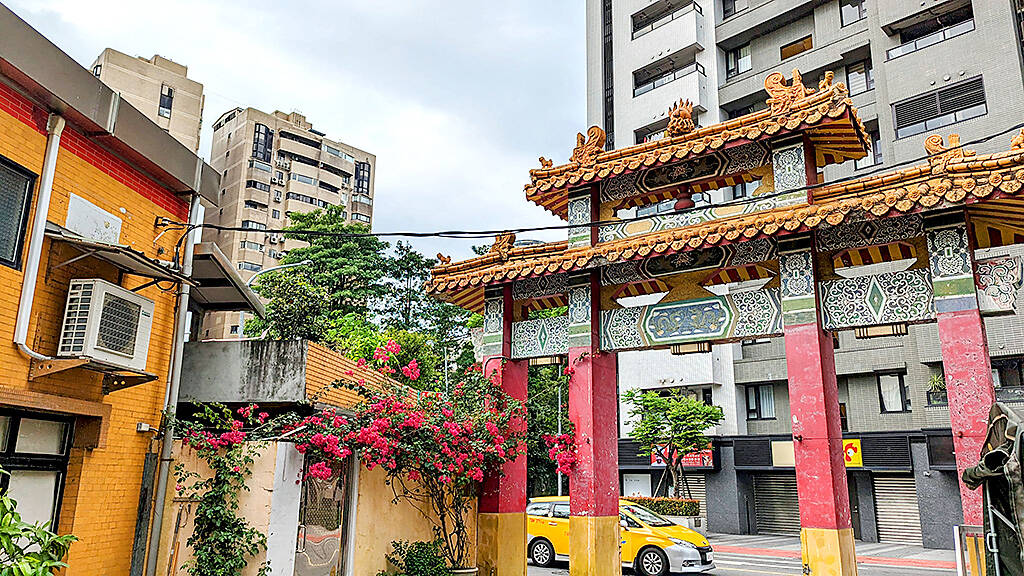
Photo: Han Cheung, Taipei Times
Seibinkaisha-Mae, meaning “in front of Bottle Making Company” is next; this is another stop that was closed down in 1945. The company is long gone, its memory preserved in the station name.
No trace of Jingmei Station remains, but the name of the street it faced, Cheqian Road (車前路, Train Front Road), is a reminder of its existence. Just 83m long, it is believed to be one of the shortest named roads in Taipei City.
There’s a few old photos of the railroad at the Beixin Bridge underpass, but after that I couldn’t find any more related sites. The rest of the route roughly follows the MRT green line to Xindian Station. The old Xindian station was located at 45 Guangming Road (光明路). Guangming Eatery (光明食堂) was a popular spot for miners getting off the train, and it was still open until several years ago.
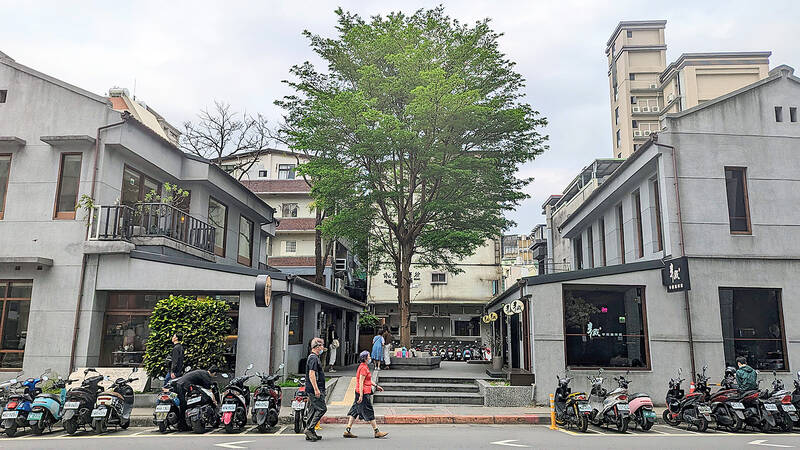
Photo: Han Cheung, Taipei Times
In 1931, the Japanese extended the line to Wenshan District Office (文山郡役所), which also no longer exists. Located at the crossroads between Han and indigenous people, that area also has a fascinating history that warrants further exploration.

Photo: Han Cheung, Taipei Times
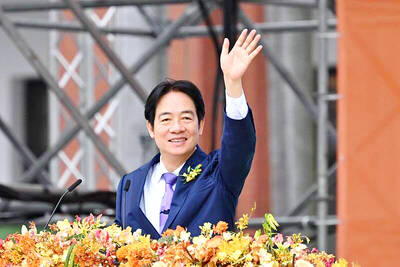
President William Lai (賴清德) yesterday delivered an address marking the first anniversary of his presidency. In the speech, Lai affirmed Taiwan’s global role in technology, trade and security. He announced economic and national security initiatives, and emphasized democratic values and cross-party cooperation. The following is the full text of his speech: Yesterday, outside of Beida Elementary School in New Taipei City’s Sanxia District (三峽), there was a major traffic accident that, sadly, claimed several lives and resulted in multiple injuries. The Executive Yuan immediately formed a task force, and last night I personally visited the victims in hospital. Central government agencies and the

Australia’s ABC last week published a piece on the recall campaign. The article emphasized the divisions in Taiwanese society and blamed the recall for worsening them. It quotes a supporter of the Taiwan People’s Party (TPP) as saying “I’m 43 years old, born and raised here, and I’ve never seen the country this divided in my entire life.” Apparently, as an adult, she slept through the post-election violence in 2000 and 2004 by the Chinese Nationalist Party (KMT), the veiled coup threats by the military when Chen Shui-bian (陳水扁) became president, the 2006 Red Shirt protests against him ginned up by

As with most of northern Thailand’s Chinese Nationalist Party (KMT) settlements, the village of Arunothai was only given a Thai name once the Thai government began in the 1970s to assert control over the border region and initiate a decades-long process of political integration. The village’s original name, bestowed by its Yunnanese founders when they first settled the valley in the late 1960s, was a Chinese name, Dagudi (大谷地), which literally translates as “a place for threshing rice.” At that time, these village founders did not know how permanent their settlement would be. Most of Arunothai’s first generation were soldiers
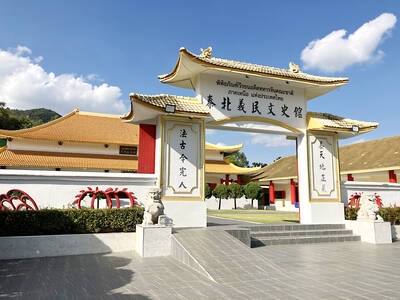
Among Thailand’s Chinese Nationalist Party (KMT) villages, a certain rivalry exists between Arunothai, the largest of these villages, and Mae Salong, which is currently the most prosperous. Historically, the rivalry stems from a split in KMT military factions in the early 1960s, which divided command and opium territories after Chiang Kai-shek (蔣介石) cut off open support in 1961 due to international pressure (see part two, “The KMT opium lords of the Golden Triangle,” on May 20). But today this rivalry manifests as a different kind of split, with Arunothai leading a pro-China faction and Mae Salong staunchly aligned to Taiwan.